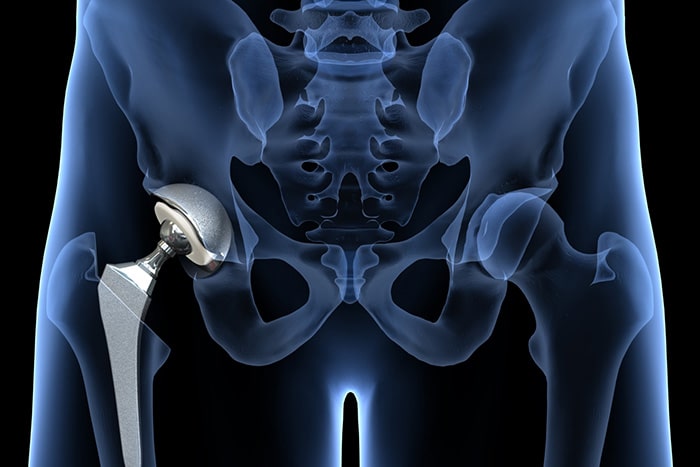 December 4, 2017
December 4, 2017A total hip replacement is a serious operation. This type of surgery is very difficult and risky, and the recovery period is also long and arduous. Patients should be fully informed about the risks associated with this procedure.
Medical intervention is an excellent option when the case is severe enough, but patients should always seek alternatives before assuming that such a drastic procedure is needed.
Alternatives to Hip Replacement
There are many options for people who have hip pain, so a total hip replacement should only be considered in the most extreme cases and when all other options have been exhausted. These options may include dietary changes, specific exercises, physical therapy, manual therapy, and medication.
If the pain persists throughout the course of the alternative treatment, this will be another sign that the hip replacement might actually become necessary. Patients may also try alternative approaches to pain control like acupuncture and massage therapy. If the pain keeps coming back, especially after short periods of time, this might also indicate the need for a full hip replacement.
Another popular alternative to a full hip replacement is a strong anti-inflammatory medication. These drugs are powerful, and they can help patients who are suffering from sleep deprivation due to pain, for example. However, if the pain persists even under medication, this is also another sign that a hip replacement might be indicated.
Naturally, this will involve a thorough examination and consultation with a qualified healthcare professional. However, it is important for patients to also consider a second opinion when dealing with the prospect of such an extreme surgical procedure.
Total Hip Replacement
Extreme hip pain can reduce the ability of the person to perform normal tasks. The only way to tell if a hip replacement is actually necessary is to consult with a qualified surgeon who fully understands the issue. Most professionals will begin to consider the need for a total hip replacement when the pain is preventing the individual from performing normal daily tasks like bathing, walking, and getting in and out of bed.
These indicators clearly show that the patient is in a state of pain so extreme that surgical intervention may be needed. Patients must always consider the benefits and risks associated with such a dramatic surgical procedure, and always ask if there are other options available.